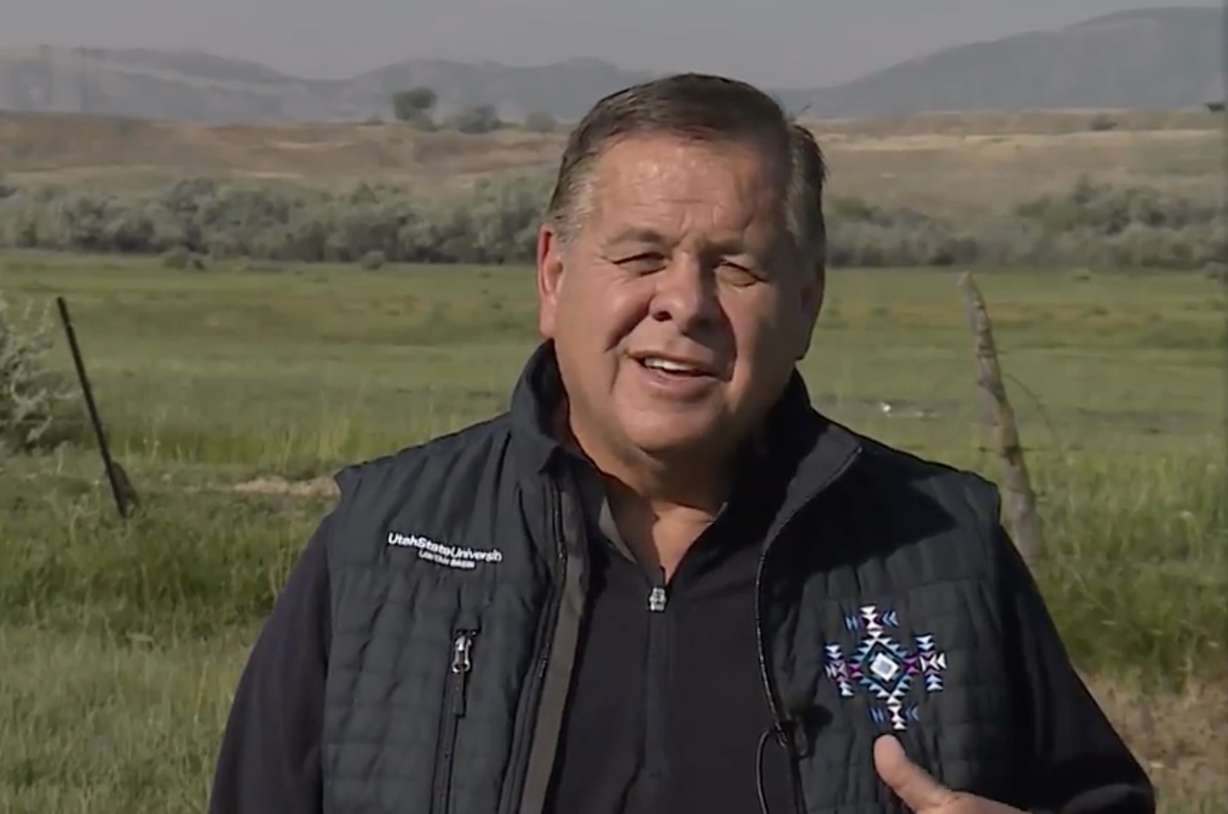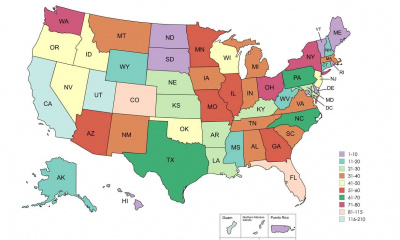BEAR RIVER, Idaho — Current efforts to restore the site of the Bear River Massacre could benefit the whole Wasatch Front in a big way.
Those efforts are sending water rights downstream, which will send hundreds of gallons each year into the Great Salt Lake.
"We need to tell the story of the earth. We need to restore this land to what it would have looked like back then," said Darren Parry, councilman for the Northwestern Band of the Shoshone Nation. "For the first time in our history of our tribe, the Northwestern Band has this area of land where people died."
They've been proceeding carefully. An archaeological firm is using a drone and lidar, a sort of 3-D radar, to make sure none of the remains of the dead will be disturbed during the work ahead as they turn back this landscape.
"We wintered here, because of the Bear River, because of the hot springs, because of the location," Parry said of his people.
It's a tradition that was stolen as hundreds of Shoshones were killed by a militia in 1863.
Parry added, "As horrific as it is, you have to be able to talk about hard things and tell the story of a people that once thrived here."
He said the stories are understood as the land is restored.
Irrigation canals will be taken out, sending water down the Bear River. Invasive trees along the banks will be removed.
The roots of one Russian olive tree can take in about 75 gallons of water a day, so when you consider that there are roughly 400,000 of them out here, getting them out is a major piece of that restoration.
The end result is that about 11,000 acre-feet of water will flow downstream to the Great Salt Lake every year.
Parry said something else will happen too. "By healing the land, we'll allow our people to heal from trauma, from generational trauma that has been going on for more than 200 years."
More than $6.6 million in grants and other funding will go towards the restoration. Much more is needed to build an interpretative center on the bluff up above.
"The spirits are here, still speaking and I believe they'll keep speaking until we get the things done here," Parry said.
By healing the land Parry is hopeful more people will see what Native Americans have always known.
"All the science in the world isn't going to solve selfish behaviors," he said.





